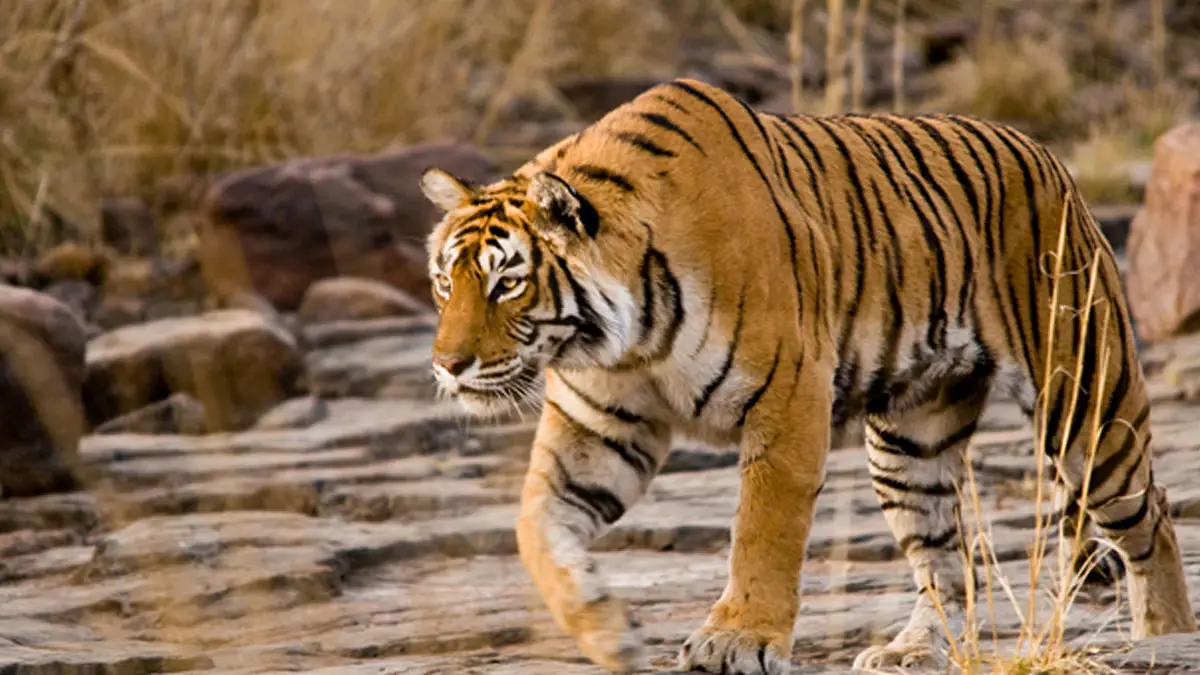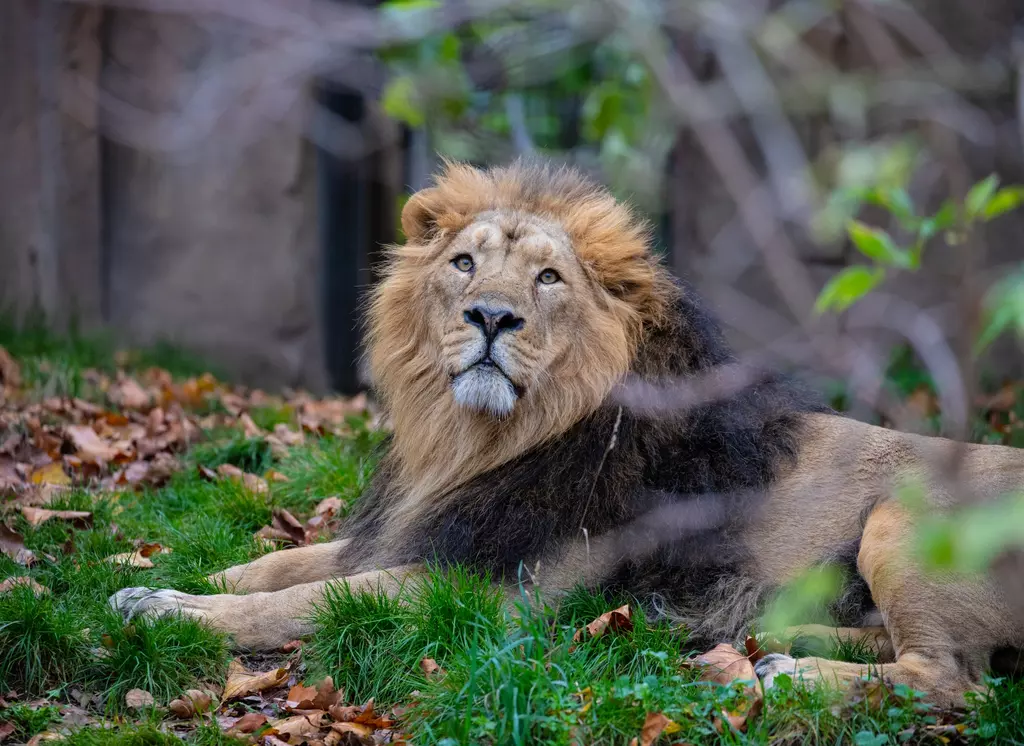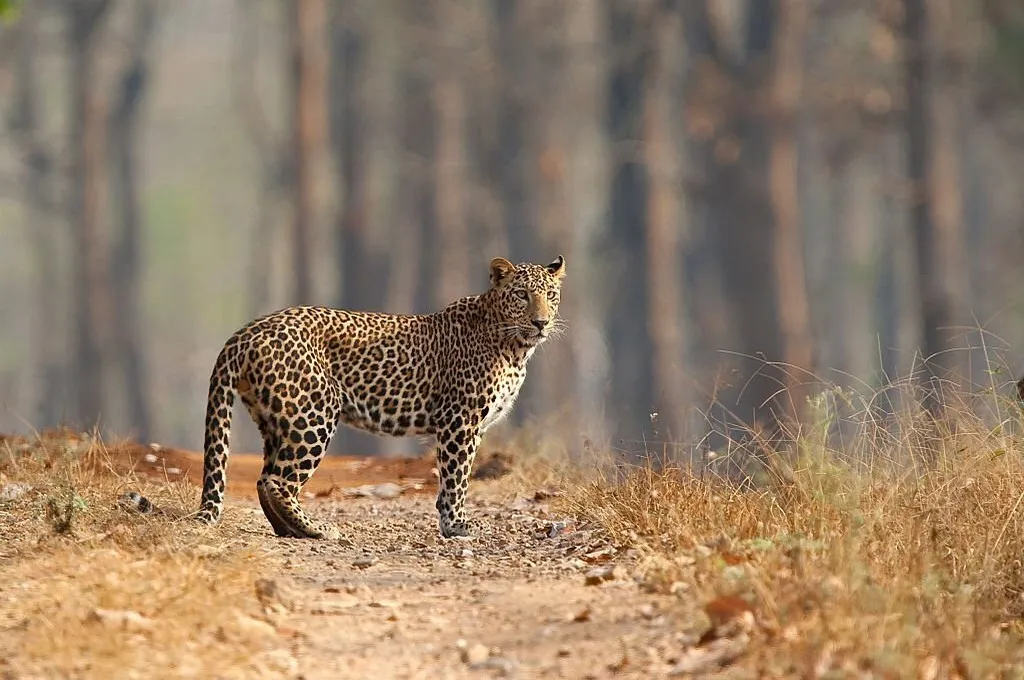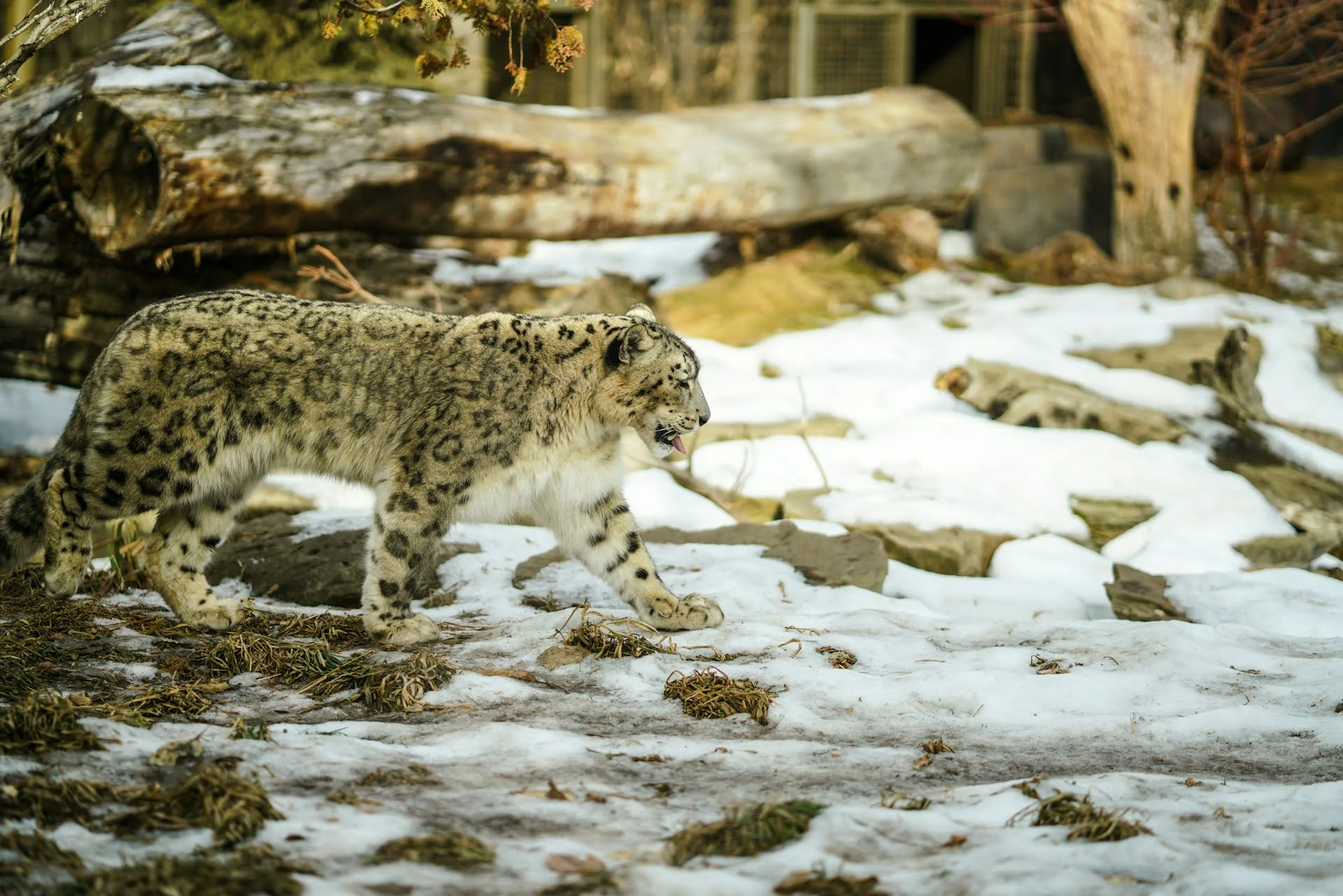India, renowned for its incredible biodiversity, is home to four of the world’s most majestic big cats—the Royal Bengal Tiger, Asiatic Lion, Indian Leopard, and Snow Leopard. Thanks to ongoing conservation efforts, the populations of these apex predators have been steadily increasing. In this article, we explore the distinct characteristics of each of these remarkable big cats and the best places to witness them in their natural habitats.
-
Royal Bengal Tiger

The Royal Bengal Tiger (Panthera tigris) is one of the largest and most powerful tiger subspecies, second only to the Sumatran Tiger. As the national animal of India, the Bengal Tiger embodies power, grace, and mystery. Its distinctive black stripes on an orange coat make it a symbol of strength in India’s forests. The growth of its population has been significantly attributed to the success of Project Tiger.
Key Features of the Royal Bengal Tiger:
– Powerful Build: Known for their immense strength, these tigers can drag prey much heavier than their own weight for great distances.
– Long Canines: Their canines, reaching up to 4 inches, are longer than those of lions, making them formidable predators.
– Solitary Nature: Bengal Tigers are solitary animals and generally only come together during the mating season.
– Exceptional Swimmers: These tigers have adapted to their environment by becoming excellent swimmers, particularly in the mangrove habitats.
Best Places to Spot the Bengal Tiger:
– Bandhavgarh National Park
– Corbett National Park
– Tadoba National Park
– Kanha National Park
– Ranthambore National Park
Popular Tiger Safari Tours:
– Tiger Safari Tours by Tiger Safari India
– Tiger Safari Tours by Nature Safari India
-
Asiatic Lion

Once roamed across the Middle East, Asia, and India, the Asiatic Lion now calls the Sasan Gir National Park in Gujarat its only home. Slightly smaller than their African counterparts, Asiatic Lions have distinct features such as longer tail tassels and a shorter mane, allowing for a more visible ear profile.
Key Features of the Asiatic Lion:
– Social Structure: Unlike the solitary Bengal Tiger, Asiatic Lions live in prides, although their prides are smaller compared to those of African lions.
– Preferred Habitat: They are found in the dry scrub forests and open grasslands of Gujarat.
– Diet: Asiatic Lions primarily hunt large herbivores like deer and wild boar, although they are known to target cattle as well.
Best Places to See the Asiatic Lion:
– Sasan Gir National Park
-
Indian Leopard

The Indian Leopard is highly adaptable and can be found in a range of habitats across India—from forests to rocky terrains. These leopards are elusive, stealthy, and highly skilled hunters, often more difficult to spot than the Bengal Tiger.
Key Features of the Indian Leopard:
– Unique Coat Pattern: The large rosettes on their coats are unique to each individual, allowing identification.
– Solitary and Opportunistic: Indian Leopards are solitary animals, often seen hunting alone, and they can haul their prey up into trees to avoid scavengers.
– Diet: Their diet consists mainly of medium-sized animals, such as deer, wild pigs, and langurs.
Best Places to See the Indian Leopard:
– Jawai Leopard Safari Reserve
– Satpura National Park
– Tadoba National Park
– Gir National Park
– Bandipur Tiger Reserve
Popular Leopard Safari Tours:
– Big Cats of India Tour
– Tiger, Leopard & Lion Safari Tour
-
Snow Leopard

The Snow Leopard (Panthera uncia) is one of the most elusive and beautiful big cats in the world. Native to the high-altitude regions of the Himalayas, these cats are perfectly adapted to the harsh cold environments, with thick fur and a long tail for balance. Their elusive nature and camouflaged coat make them almost ghost-like in the mountain landscapes.
Key Features of the Snow Leopard:
– Adapted for High Altitudes: Snow Leopards are built for rugged, steep terrain, capable of leaping distances of up to six times their body length.
– Camouflage: Their spotted coat helps them blend into the rocky, snow-covered slopes of the mountains.
– Diet: They prey primarily on mountain goats, blue sheep, and marmots, thriving in the extreme environments of the Himalayas.
Best Places to See the Snow Leopard:
– Hemis National Park
– Ulley Valley
– Kibber
Popular Snow Leopard Tours:
– Snow Leopard Expedition in Leh Tour
– Snow Leopard Tour to Kibber
India offers unparalleled opportunities to witness some of the world’s most awe-inspiring big cats in their natural habitats. Whether it’s the elusive Snow Leopard in the mountains or the majestic Bengal Tiger in the heart of the jungle, a safari adventure in India is a journey into the wild like no other.

